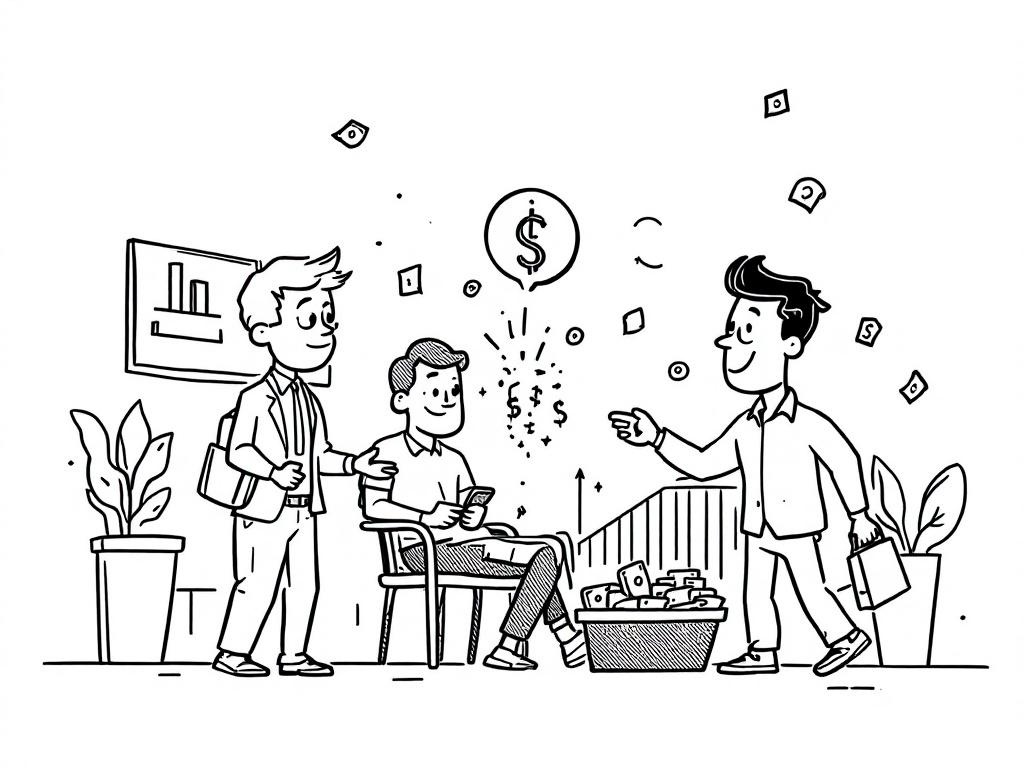Businesses Pass Tariff Costs to Americans, Fueling Inflation

Cleveland, Tuesday, 5 August 2025.
Due to past tariffs, businesses in the U.S. are raising prices, risking inflation. Economists highlight this trend’s impact on consumer spending and economic stability.
Impact of Tariffs on Inflation
American consumers are increasingly feeling the pinch as businesses begin to pass the costs of tariffs imposed during the Trump administration to consumers. According to Beth Hammack, President and CEO of the Federal Reserve Bank of Cleveland, this adjustment in pricing strategies is anticipated to elevate inflation rates to around 3% annually in 2025, which is 1 percentage point higher than the Federal Reserve’s target of 2% [1]. This economic shift underscores the lingering effects of tariffs first introduced in April 2025, when a 10% tax on nearly all U.S. imports was announced, marking a significant departure from previous economic policies [2].
Economic Landscape: Two-Speed Economy
The current economic climate in the U.S. continues to underscore a ‘two-speed economy,’ where the wealthier segments of society experience prosperity while lower-income households struggle with the heightened cost of living [1]. This disparity is exacerbated as inflation bears down more heavily on essential goods like groceries, which over half of Americans cite as a major source of stress [1]. The July 2025 labor report further complicates this scenario, with job growth falling short of expectations, adding only 73,000 jobs against a prediction of 100,000, which reflects tighter labor market conditions [2].
Federal Reserve’s Policy Dilemmas
Amid these economic challenges, the Federal Reserve faces a complex decision-making landscape. With calls for an interest rate cut gaining momentum due to the weak jobs report, market participants anticipate a potential policy shift as early as September 2025 [3]. However, the Fed’s predominant focus remains on preventing the current price hikes from spiraling into a persistent inflationary trend, a stance reinforced by the cautious commentary from senior Fed officials [1][4]. The viability of future economic stability rests on the Fed’s careful navigation between controlling inflation and supporting job growth.
Global Implications and Future Outlook
Globally, Trump’s tariffs have instigated a sense of uncertainty, impacting not only U.S. economic conditions but also influencing international trade dynamics. The International Monetary Fund (IMF) recently revised its global growth projections downward, attributing part of this deceleration to the new tariffs, which have yet to secure a trade accord with China [2]. The tariffs’ broader reach is hinted at by subsequent global responses, such as the European Union’s moves to manage trade imbalances arising from redirected exports. Past trends in gold prices also hint at the persistent uncertainties and potential economic slowdowns, suggesting a steady investor shift toward safer assets [3].